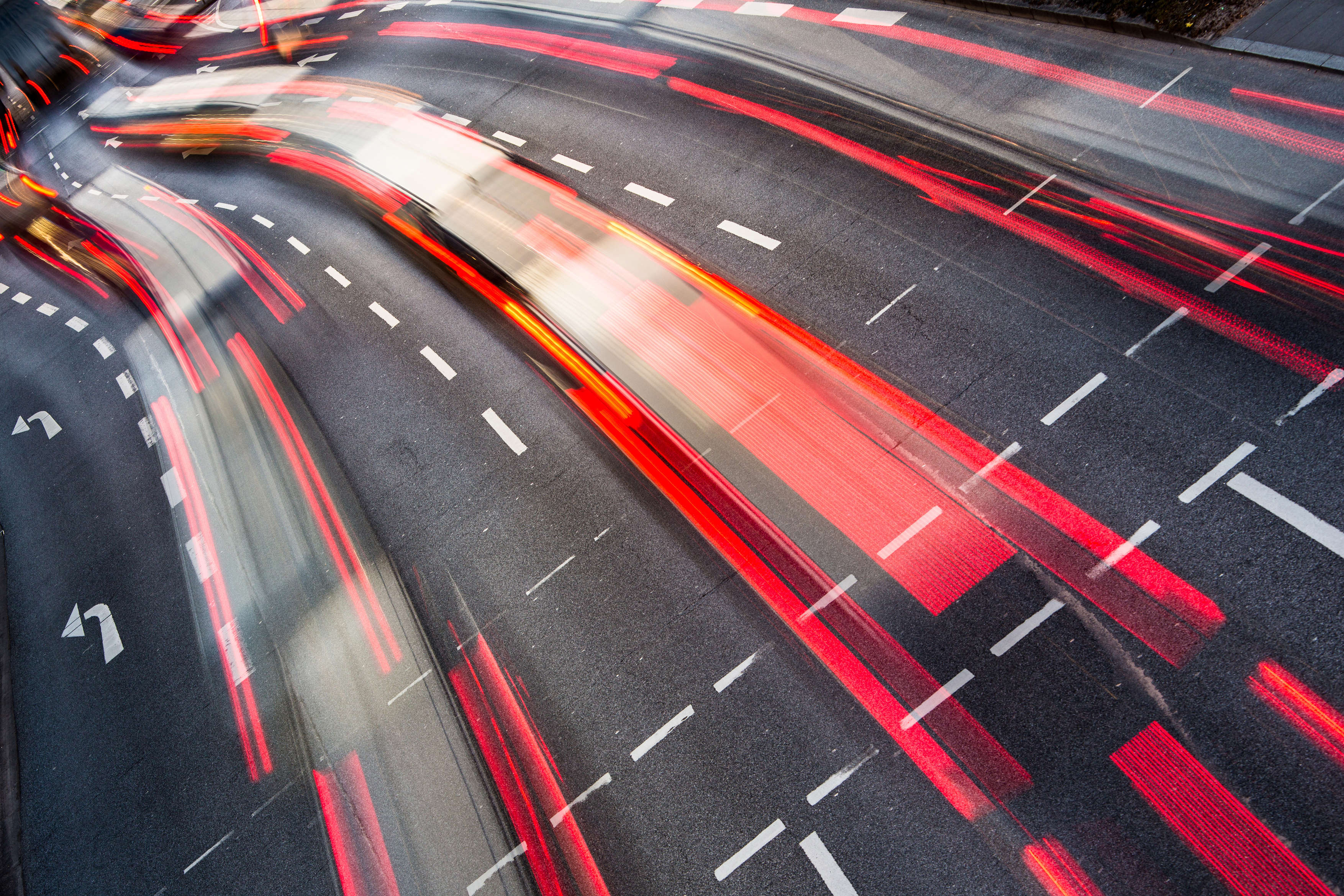#smarteyesforvehicles: Farther, more precise, smaller
Interview with the department for "vehicle environment detection" at the the Research Fab Microelectronics Germany. Whether in traffic, robotics or industry: smart solutions for environment detection systems are in demand. The Research Fab Microelectronics Germany (FMD) significantly contributes to the further development of technologies and thus to increasing the safety of road users or players in the industrial environment.

Vehicle environment detection: Which technologies does this term entail?
Vehicle environment detection means technologies around LiDAR, RADAR, sensor data fusion and of course the related integration technologies. It is about multi-sensorial detection of the environment in 360° near and far. This includes the detection of people, the roadway or – in industrial applications – the classification of objects.
What competencies does the FMD have in this area?
The 13 member institutes of the FMD have different special knowledge of the technologies and components, which complement each other in an ideal manner. In the field of LiDAR, for example, this ranges from the various components of a system, such as laser sources, optics, beam steering elements or detectors in different wavelength ranges, to intelligent signal processing.
Increasing demands from the business world have a very strong influence on our R&D activities: higher ranges, increasing cost pressure and the reduction of size are decisive factors here. Intensive research work on the individual components is therefore necessary. Together with partners from industry, we are continuing to develop the technologies. The research know-how is tailored to the individual applications and the resulting system specifications.
Which projects are currently being carried out within the FMD in this area?
In the large-scale project "miniLIDAR", we are developing components for a miniaturized LiDAR system for robotics together with an industrial partner. Four FMD institutes are involved. Leibniz FBH in Berlin is developing the pulse laser sources. Fraunhofer IPMS in Dresden implements the development of the beam deflection device. Fraunhofer IZM in Berlin is dedicated to the topic of optical phased arrays and Fraunhofer IMS in Duisburg realizes the detector development.
In another project with the startup OQmented (learn more on our OQmented project website) we are in the final stages of implementation. Here, the Fraunhofer Institutes ISIT and IMS as well as the Leibniz FBH are developing a Wide-Field-of-View LiDAR demonstrator with a single MEMS mirror working in coordination with a SPAD detector. The demonstrator features a field-of-view of more than 160° at a resolution of 0.1° and has very good sunlight suppression properties.
How do you support customers interested in projects?
We as the FMD are the one-stop shop for our customers for technologies in vehicle environment detection. We put together a consortium of experts, tailored to the technological requirements. This enables us to offer tailor-made solutions. The customer has access to a complementary portfolio of solutions through one contact person.
Let us take the example of a radar chip: For example, the circuit design would be located at Fraunhofer FHR in Wachtberg, the production at IHP in Frankfurt/Oder or at Fraunhofer IAF in Freiburg, the packaging would be carried out at Fraunhofer IZM in Berlin, and finally Fraunhofer FHR would come back into play with the radar or antenna testing. However, the project partner and customer conceptualizes the entire project with only the FMD as contact partner. This form of collaboration is unique in the research world and combines the advantages of distributed, specialized know-how with those of a centrally managed organizational unit.
What technological trends are emerging in this area?
"Farther", "more precise" and "smaller" are keywords we deal with every day. In order to meet these demands on the sensor technology of vehicle environment detection, we are working on solutions on different levels. Compound semiconductors such as InP-based lasers or InGaAs-based detectors could signifiacntly improve the performance of LiDAR systems. However, problems have to be solved in order to meet the cost requirements. Heterogeneous integration is certainly a crucial issue: The combination of the mentioned detectors with silicon-based readout electronics is a solution idea we are addressing.
In addition, we are very interested in testing existing systems for vehicle environment detection and developing solutions in the testing area. Functional tests as well as the calibration of sensors after the production of a vehicle are not yet fully and satisfactorily solved. Within the ATRIUM project, we have created a virtual test environment for radar sensors, which we would like to further develop for other sensors in the direction of a multi-sensor testbed.
 Fraunhofer Group for Microelectronics in cooperation with the Leibniz institutes IHP and FBH
Fraunhofer Group for Microelectronics in cooperation with the Leibniz institutes IHP and FBH